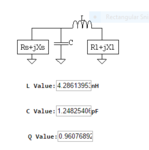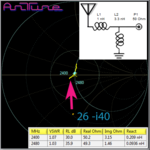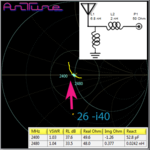prateek3790
Full Member level 2

hi i am using a chip antenna in my design. i found out the input impedance of the antenna using the network analyzer now i used the matching network calculator to match this to 50 ohm. but the obtained values are not providing the matching. i can not change the design of the antenna. what modification can be done in the matching networks. any suggestions






